How to teach kids to think for themselves - and why schools train kids out of their natural ability to think independently
Ana Lorena Fábrega, author of new book The Learning Game, shares tips to help kids think for themselves


Ana Lorena Fábrega, author of The Learning Game: Teaching Kids to Think for Themselves, Embrace Challenge, and Love Learning shares her tips for encouraging children to think for themselves.
From shopping for the best school shoes to readying your child for back-to-school season, it can feel as though the hard work is behind you once the new school term has finally begun. But, as Ana Lorena Fábrega outlines in her new book, the learning doesn't stop once the school day ends...
Young kids and innovators share an important trait: what everyone else takes for granted, they see as new and ripe with opportunity. To be a successful scientist, for example, you need to discover things that others haven’t noticed. To start a successful company, you need to go after something that others haven’t figured out. As Paul Graham says, it’s not enough to be correct. We must also be novel.
We’re born with a natural ability to think independently, but school trains it out of us. We’re taught to strive for correctness and social approval instead of novelty. We’re taught that if everyone agrees, the idea must be right, even if it’s not useful or new.
How to encourage Vuja De
When kids get to work on their own voluntary projects, they get the opportunity to cultivate novel approaches to problems. They’re free to do things their way, no matter what a teacher or 'best practices' say. They’re free to pursue strategies and tactics that might look crazy to everyone else but make perfect sense to them.
But what I’ve come to realize is that projects of their own allow kids to cultivate innovative ideas because that’s when they experience moments of Vuja De.
Déjà vu occurs when we encounter something new, but it feels as if we’ve seen it before. Vuja de is the reverse. As Adam Grant says, “We face something familiar, but we see it with a fresh perspective that enables us to gain new insights into old problems.”
GoodtoKnow Newsletter
Parenting advice, hot topics, best buys and family finance tips delivered straight to your inbox.
Vuja de is one of the secrets to creative innovation in business, life, and everything else. It comes naturally to kids, but adults often squelch it. How can we flip the script and encourage vuja de instead?
Here are four ways to encourage vuja de in kids:
1. Cultivate an attitude of scepticism
When kids resist being told what to think, we often mistake it as a negative quality, when in reality it’s the opposite. We should encourage this quest, not penalize it. Teach your kids not to let anything into their heads unexamined. Encourage them to ask questions like:
- Is what that person just said true?
- How do I know that it is true?
- Who is telling the story and what are their motives?
Another important aspect of being a sceptic is determining biases - starting with our own. We can help kids become aware of their own biases by asking them questions like:
- What makes you think this way? What assumptions have you based your claim upon?
- What do you hope will be true?
- What facts or research support your ideas?
A great family activity for this is to have a weekly myth-busting discussion at dinner. Part of being a good sceptic is learning to play the devil’s advocate. Invite kids to take a position they don’t necessarily agree with, just for the sake of argument. Frame this habit as something positive - an exciting quest for novelty - rather than as something combative.
2. Help kids step back and observe from a distance
When we step back and reexamine something, we suddenly feel like we’re seeing it for the first time. I love this quote by author Warren Berger: "We’re seeing essentially the same realities and situations. But with more distance, a bigger picture comes into view. We may now be able to see the overall context; we might notice the patterns and relationships between things we’d previously thought of as separate."
We should try to help kids have the same experience. The problem is that in school, we move too quickly from one thing to another. Students rarely have time to linger and digest what they are learning.
Here are a few ways kids can practice stepping back and observing from a distance:

- Having their piece of writing read aloud to them
- Rewriting a story from another character’s point of view (perhaps the villain's)
- Editing their writing from a different device, maybe a keyboard, phone, tablet, or with pen and paper
- Trying to find another way to solve the same maths problem
- Coming back to something they read a few days (or even weeks) ago to see how their thinking has changed
- Stepping away from a jigsaw puzzle and looking at it from a different angle
3. Encourage kids to reject the defaults
When we reject the defaults, we start to notice inconsistencies, outdated methods, and overlooked opportunities. The sooner kids learn this habit, the better. As Adam Grant says: "The hallmark of originality is rejecting the default and exploring whether a better option exists. The starting point is curiosity: pondering why the default exists in the first place."
Teach your kids it’s okay to inquire and want more evidence before accepting a claim as true. Cherish the “Why?” questions - it’s kids’ way of thinking from first principles. They ask “Why?” a lot because they’re trying to understand how things work. They’re trying to deconstruct what’s thrown at them to decide if it makes sense. They’re trying to think for themselves.
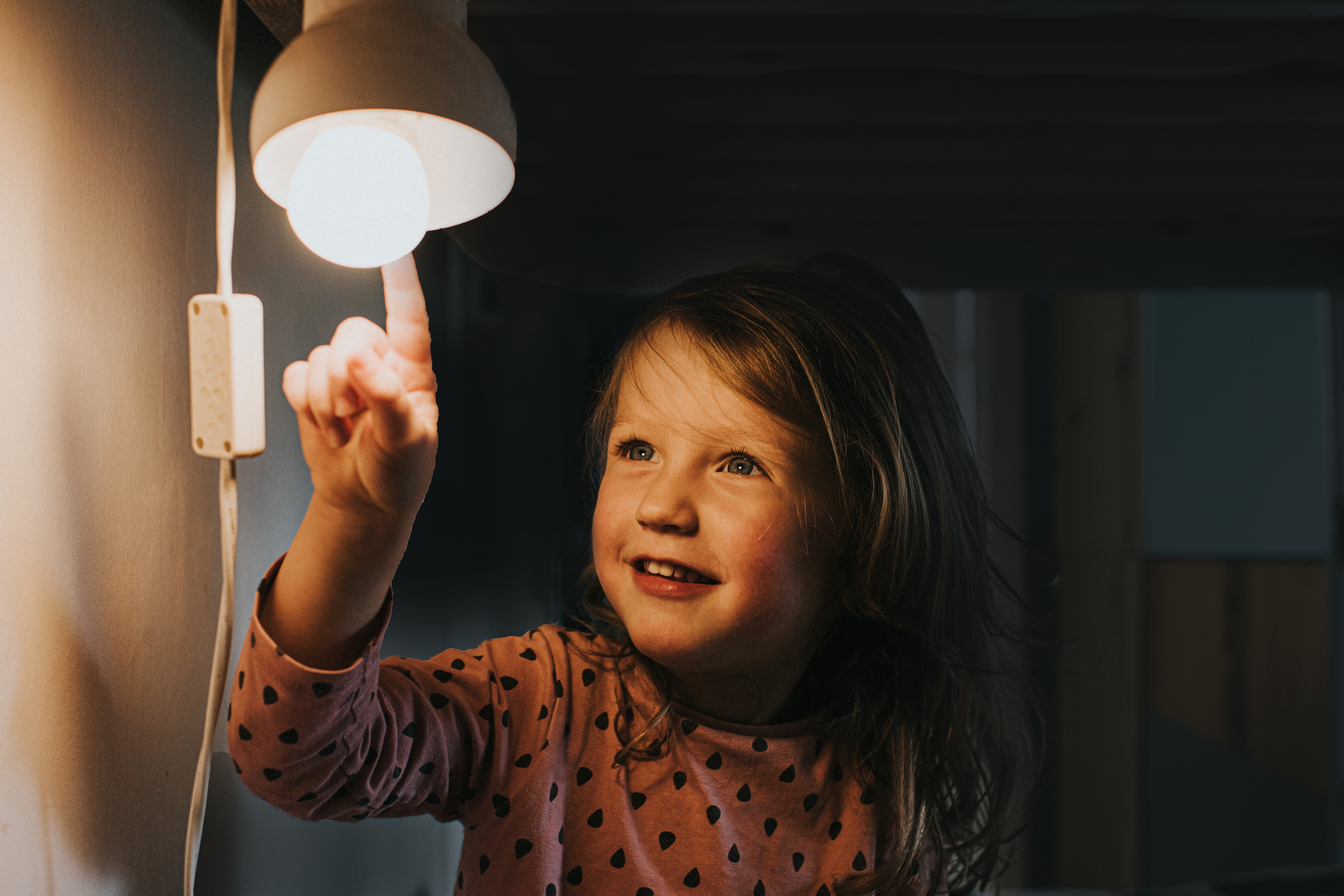
4. Ask deeper questions about what kids notice
When we ask conventional questions, we get conventional answers. It’s worth the time to stop and push ourselves and our children to dig deeper.
Invite kids to ask themselves questions like:
- How strong is the evidence?
- Does this evidence come from a solid source?
- Is there an agenda behind it?
- What am I not being told?
- What information or details are missing?
- What is the opposing view?
- Which of the conflicting views has more evidence behind it?
In the words of author Bob Sutton: "This means thinking of things that are usually assumed to be negative as positive, and vice versa. It can mean reversing assumptions about cause and effect, or what matters most versus least. It means not travelling through life on automatic pilot."
This is an edited extract from The Learning Game: Teaching Kids to Think for Themselves, Embrace Challenge, and Love Learning by Ana Lorena Fábrega, out now (Harriman House).
There's lots more content you might enjoy as part of our Back to School month, from creating your own back to school traditions to all the things parents are looking forward to about their kids going back to school. We've also got a back to school shopping guide and a round-up of the best back to school jokes.

Ana Lorena Fábrega is an edupreneur, writer, and Chief Evangelist at Synthesis, a new online learning experience for curious and ambitious kids who want to learn how to build the future.
-
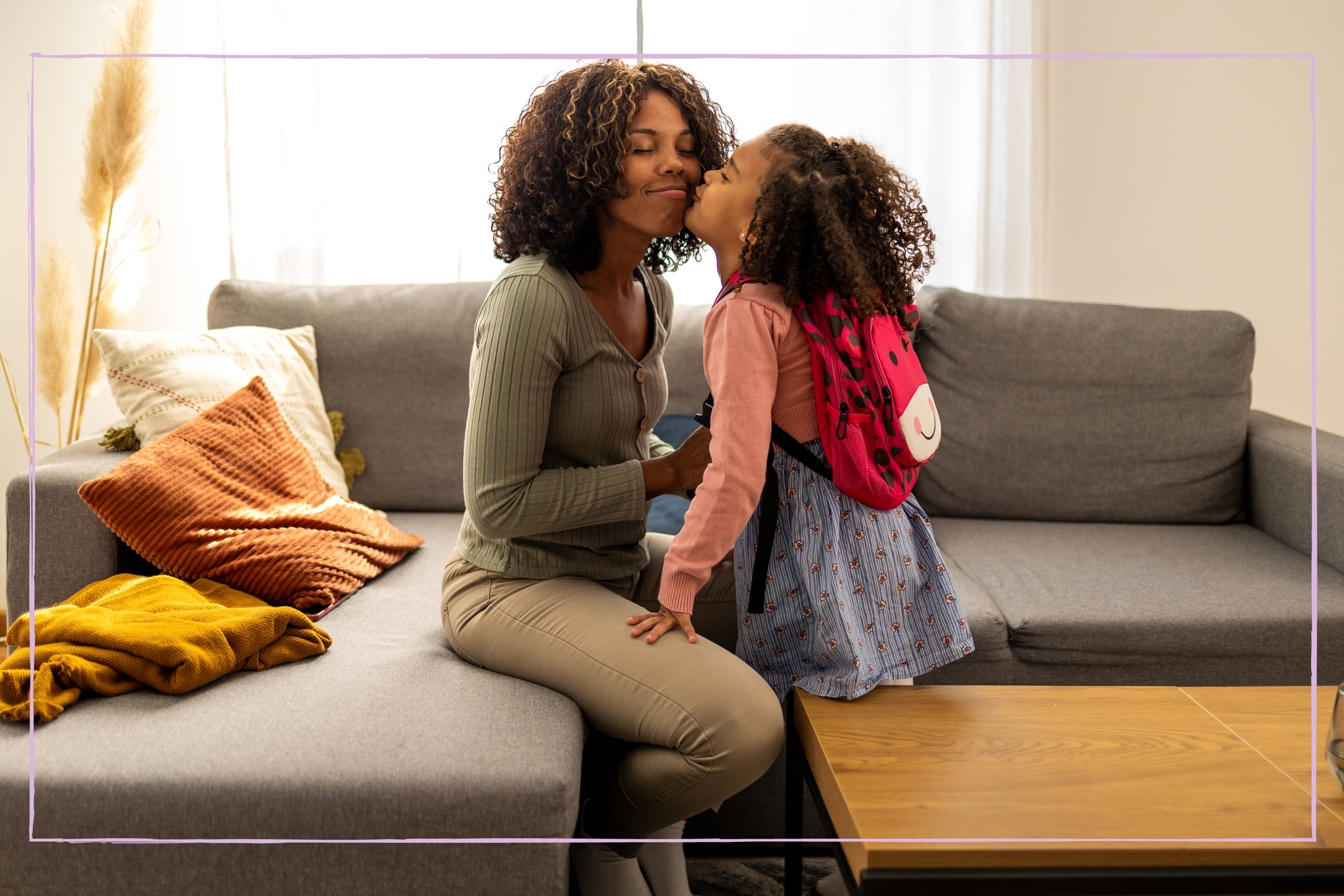 “I’m NOT going to school today!” – how a parenting expert deals with the back-to-school battle
“I’m NOT going to school today!” – how a parenting expert deals with the back-to-school battleLet them have their moment and make them feel heard – give this a go for a smooth start to the year
By Daniella Gray Published
-
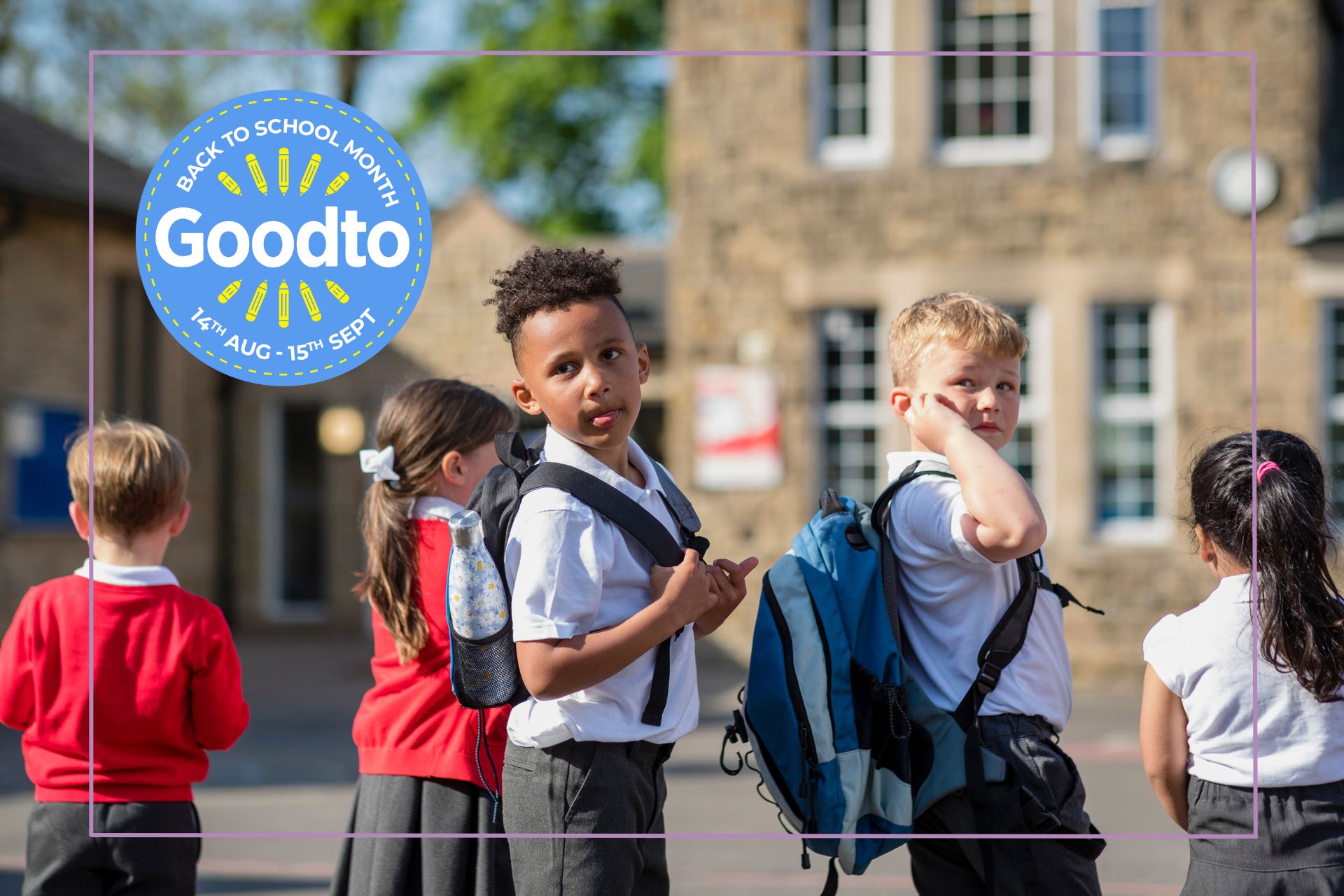 'Teaching kids how to say no will keep them safe and ready them for the world' says expert, here's how
'Teaching kids how to say no will keep them safe and ready them for the world' says expert, here's howTeaching kids how to say no, to other kids and to adults, is a game changer in setting safe boundaries as they grow up
By Michelle Elman Published
-
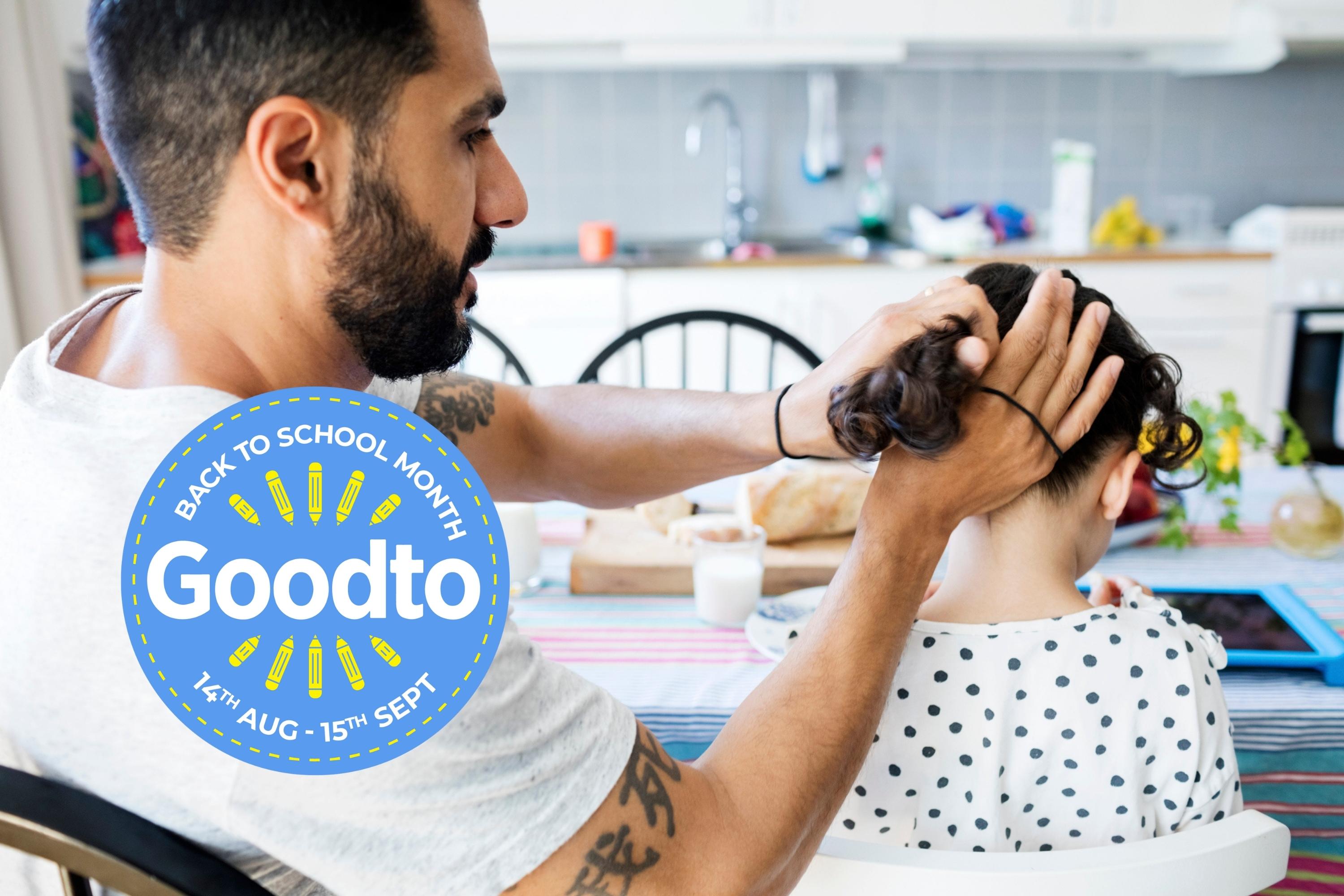 Easy hairstyle for school ideas from space buns to bubble braids
Easy hairstyle for school ideas from space buns to bubble braidsHairstyle for school drama? Space buns and bubble braids - sorted.
By Charlotte Duck Last updated
-
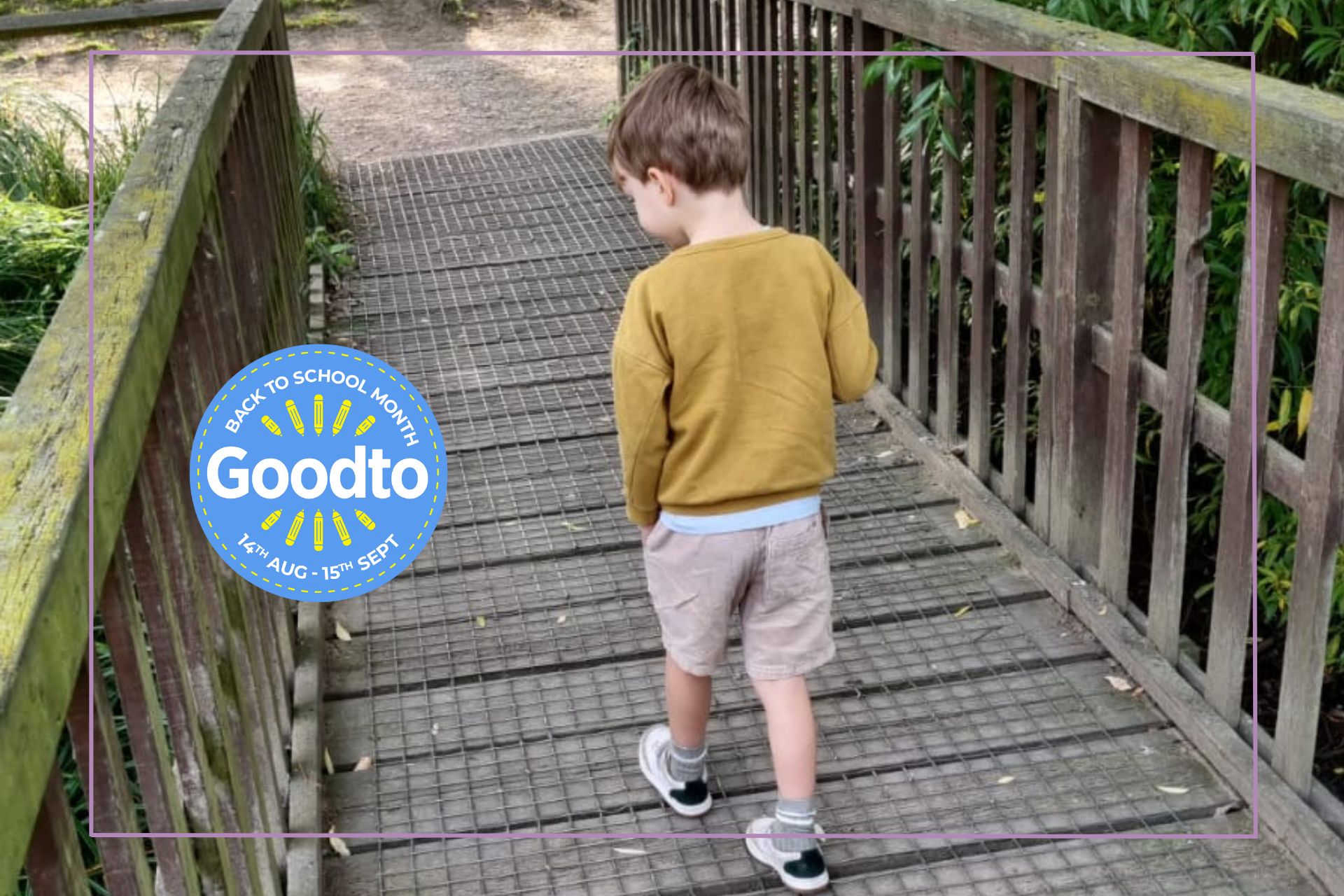 Is your child not settling at primary school? I moved my son within 4 months, now he goes in with no tears
Is your child not settling at primary school? I moved my son within 4 months, now he goes in with no tearsMoving schools was the best thing I could do for my five-year-old, after four months of refusal I finally listened to him
By Stephanie Lowe Published
-
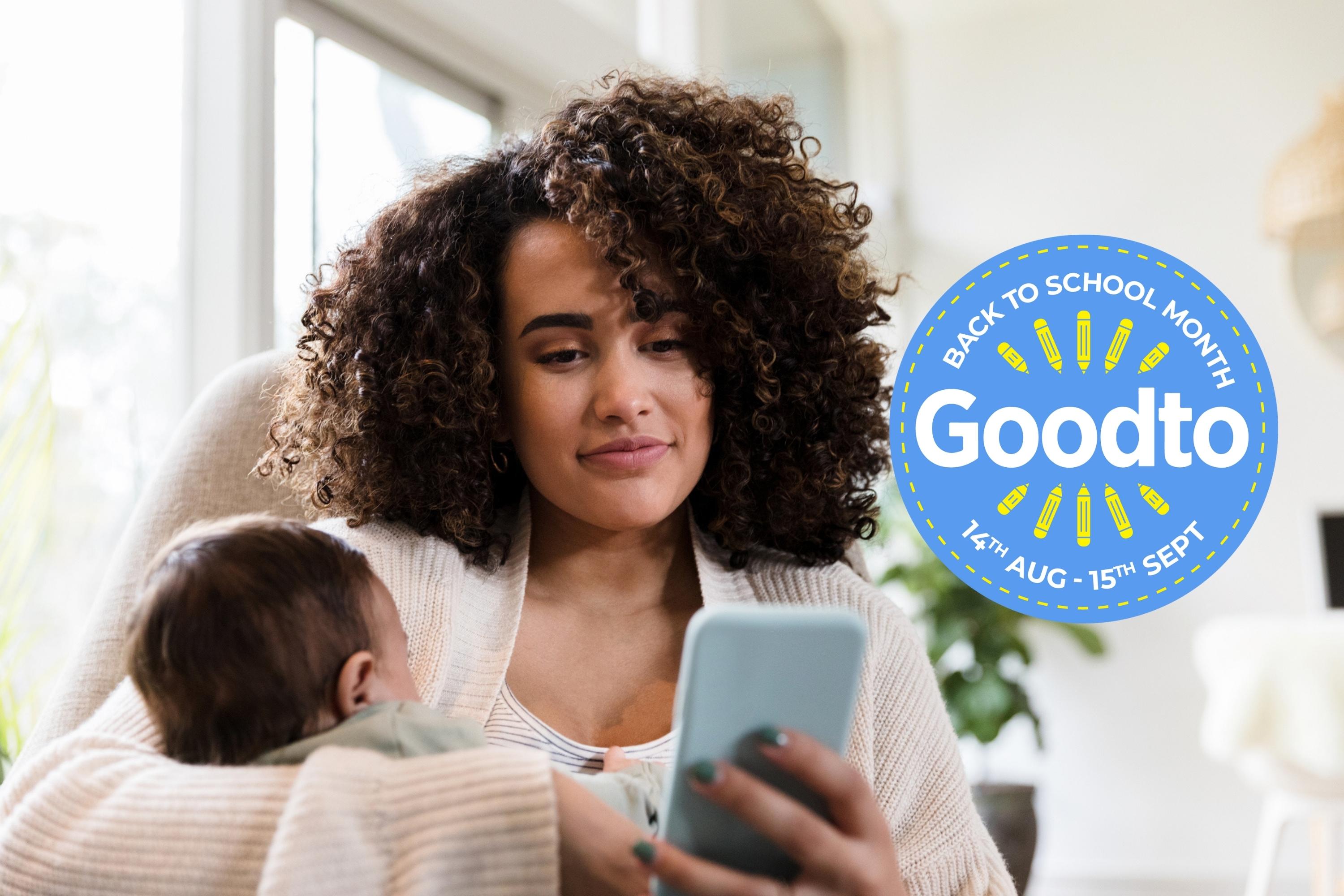 10 tips for handling the class WhatsApp (and #7 is a hard relate)
10 tips for handling the class WhatsApp (and #7 is a hard relate)From blue tick tricks to leaving the breakout group's breakout group, Natalie Brown covers the basics
By Natalie Brown Published
-
 Little one starting school? Here are six settling-in ideas to try from the Five Minute Mum
Little one starting school? Here are six settling-in ideas to try from the Five Minute MumStarting school can be a little bit scary for our children so here are six ideas to try - number five is our favourite.
By Stephanie Lowe Published
-
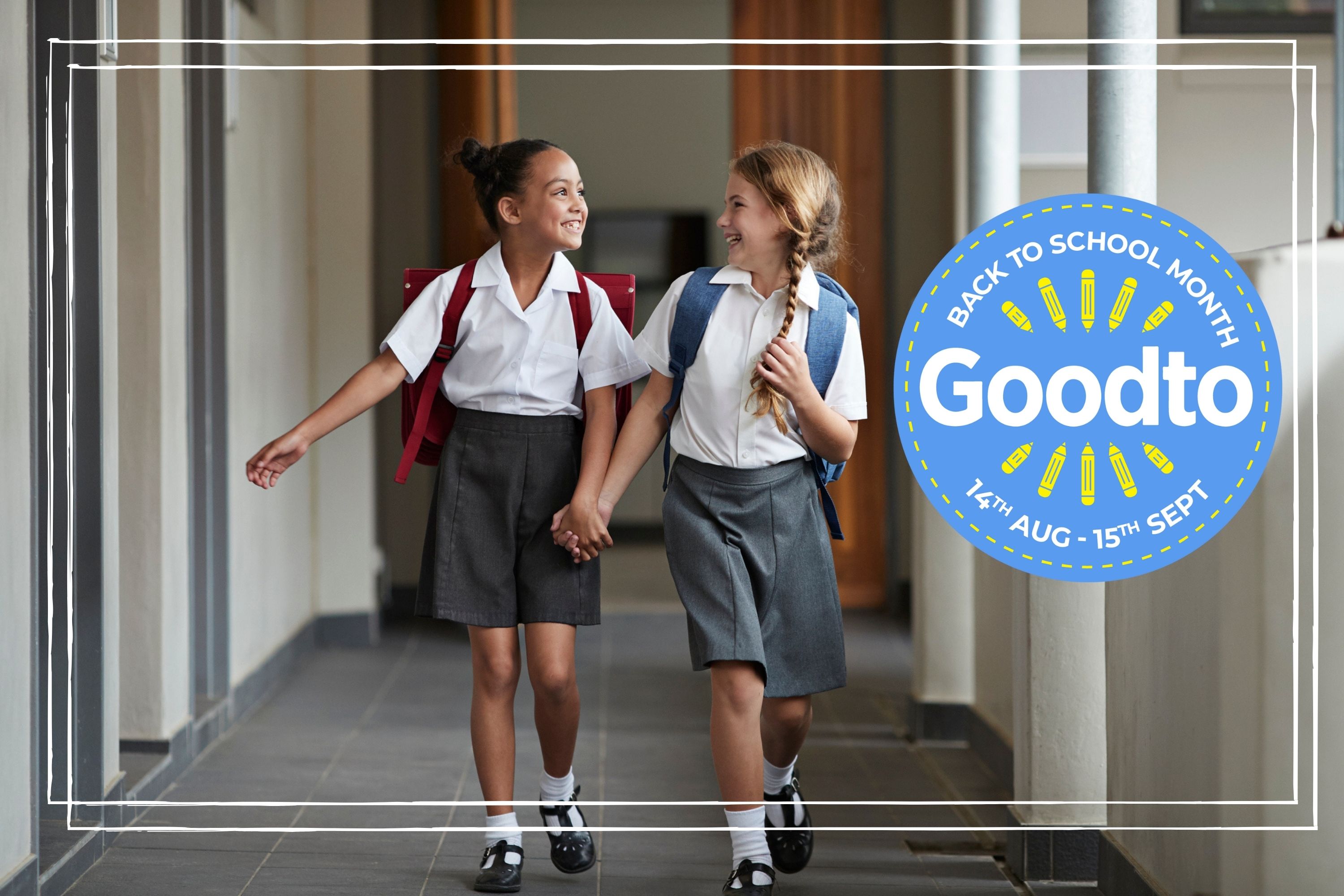 12 expert tips for happy school friendships - for parents as well as kids
12 expert tips for happy school friendships - for parents as well as kidsMake this a good year for playground friendships and school gate banter
By Tanith Carey Published
-
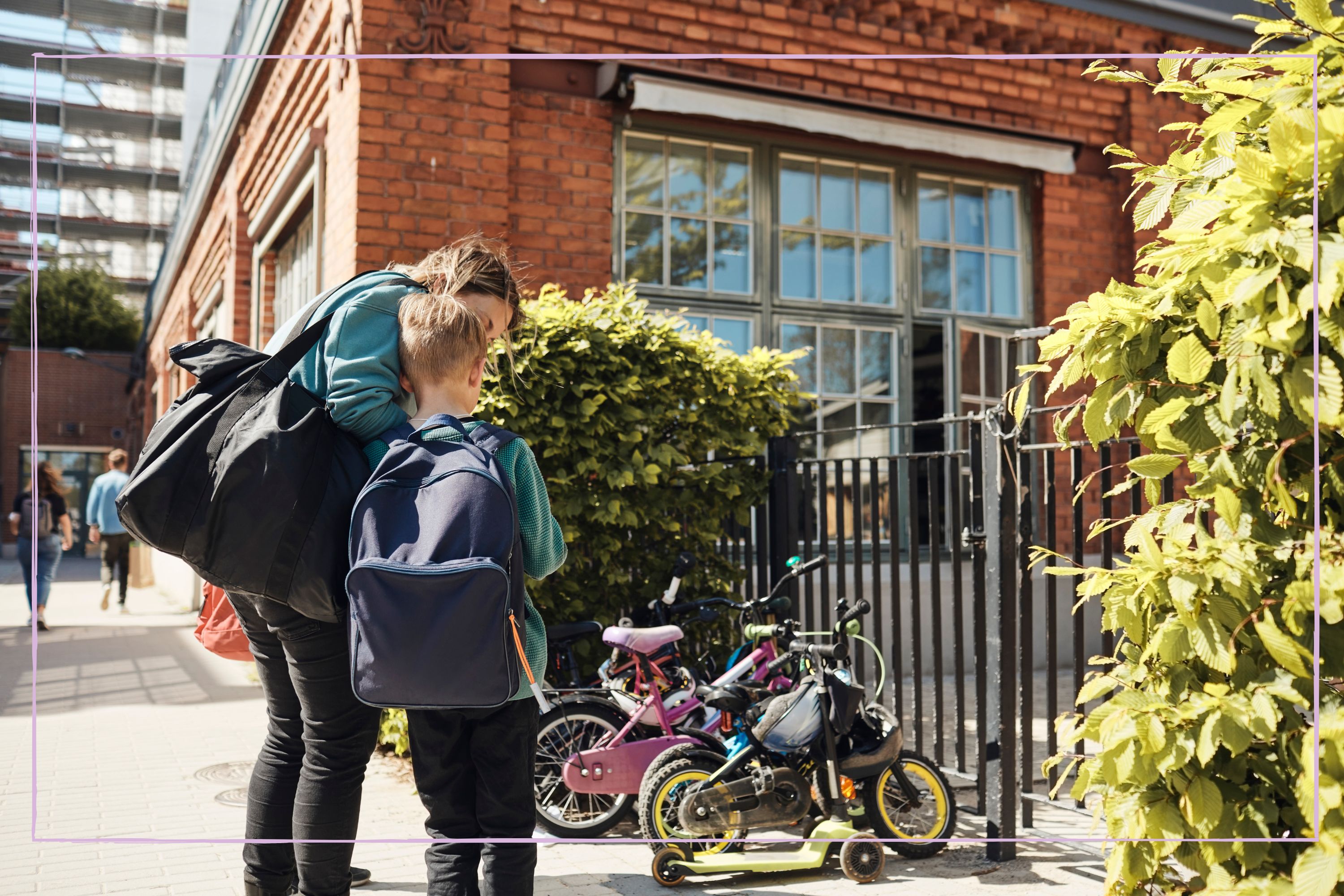 10 things I wish I'd known before my child started school (ignore #8 at your peril)
10 things I wish I'd known before my child started school (ignore #8 at your peril)Kid starting school? Here's everything one mum thinks you need to know
By Sarah Dawson Published